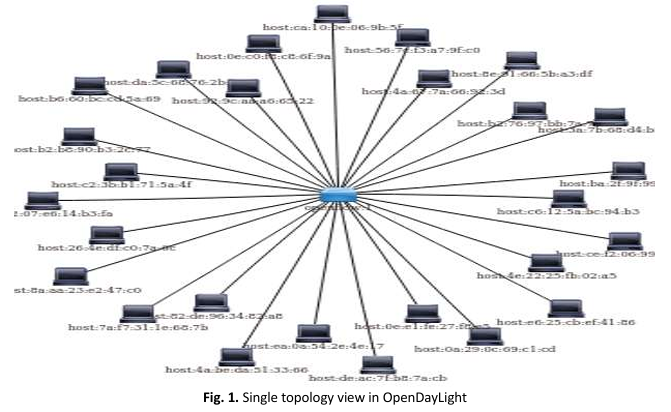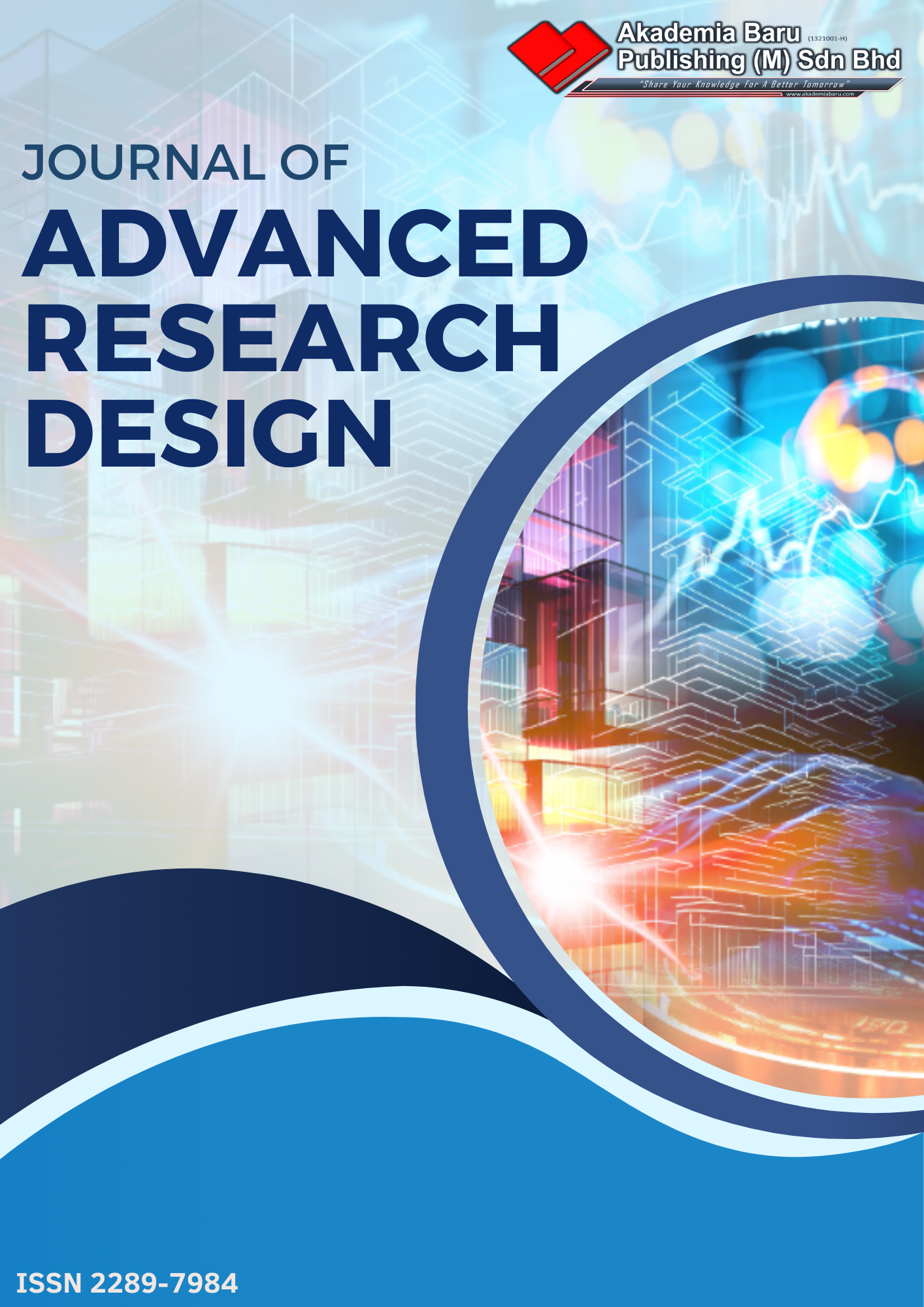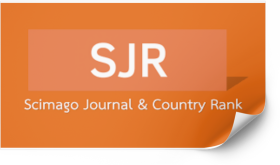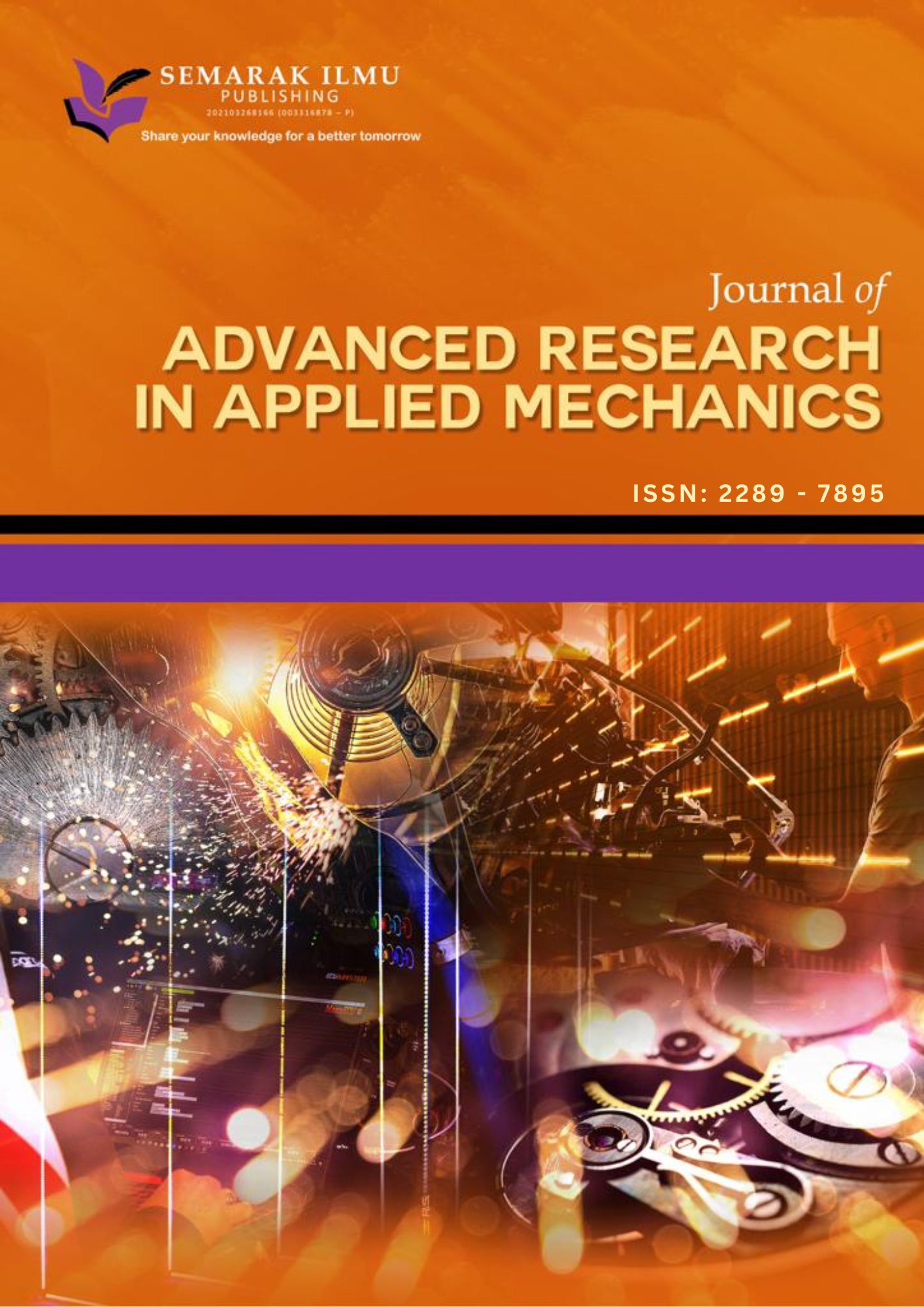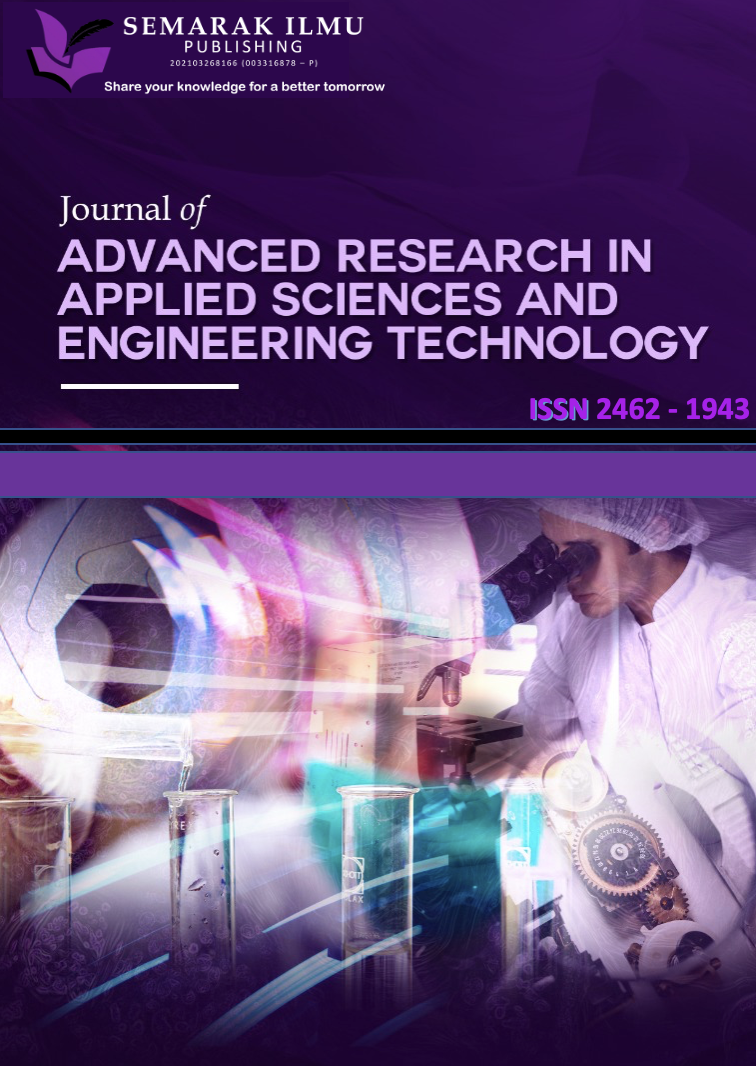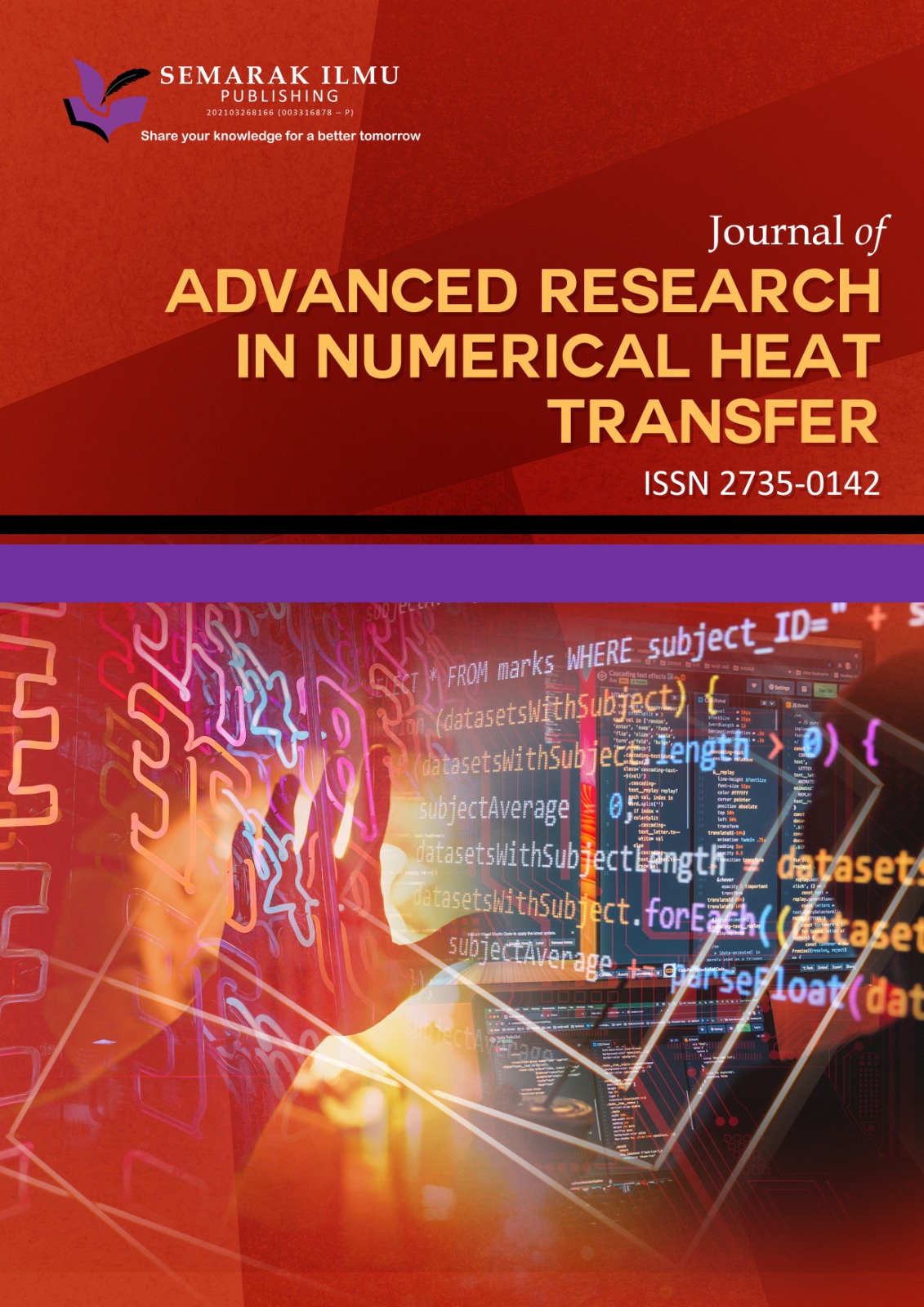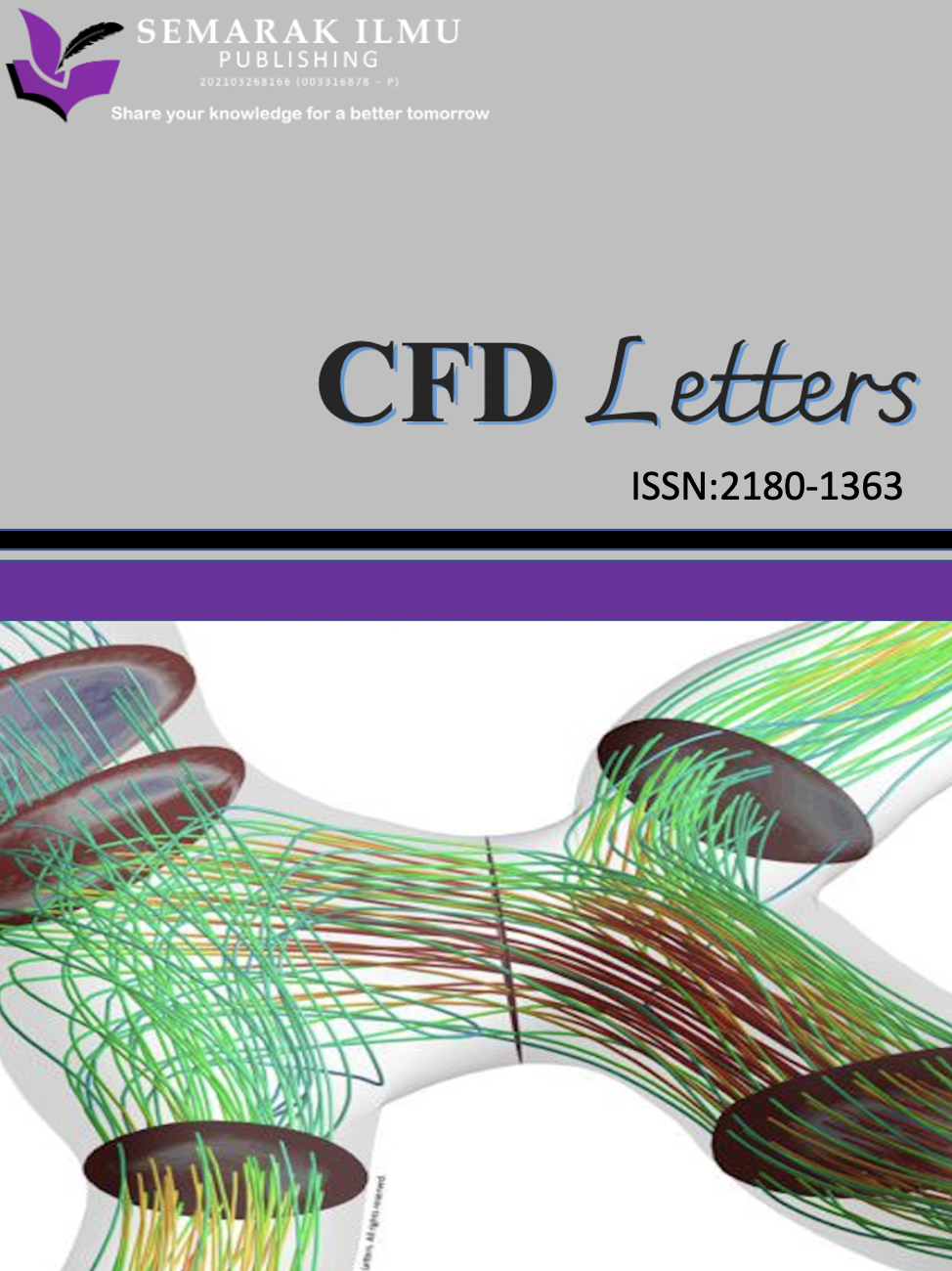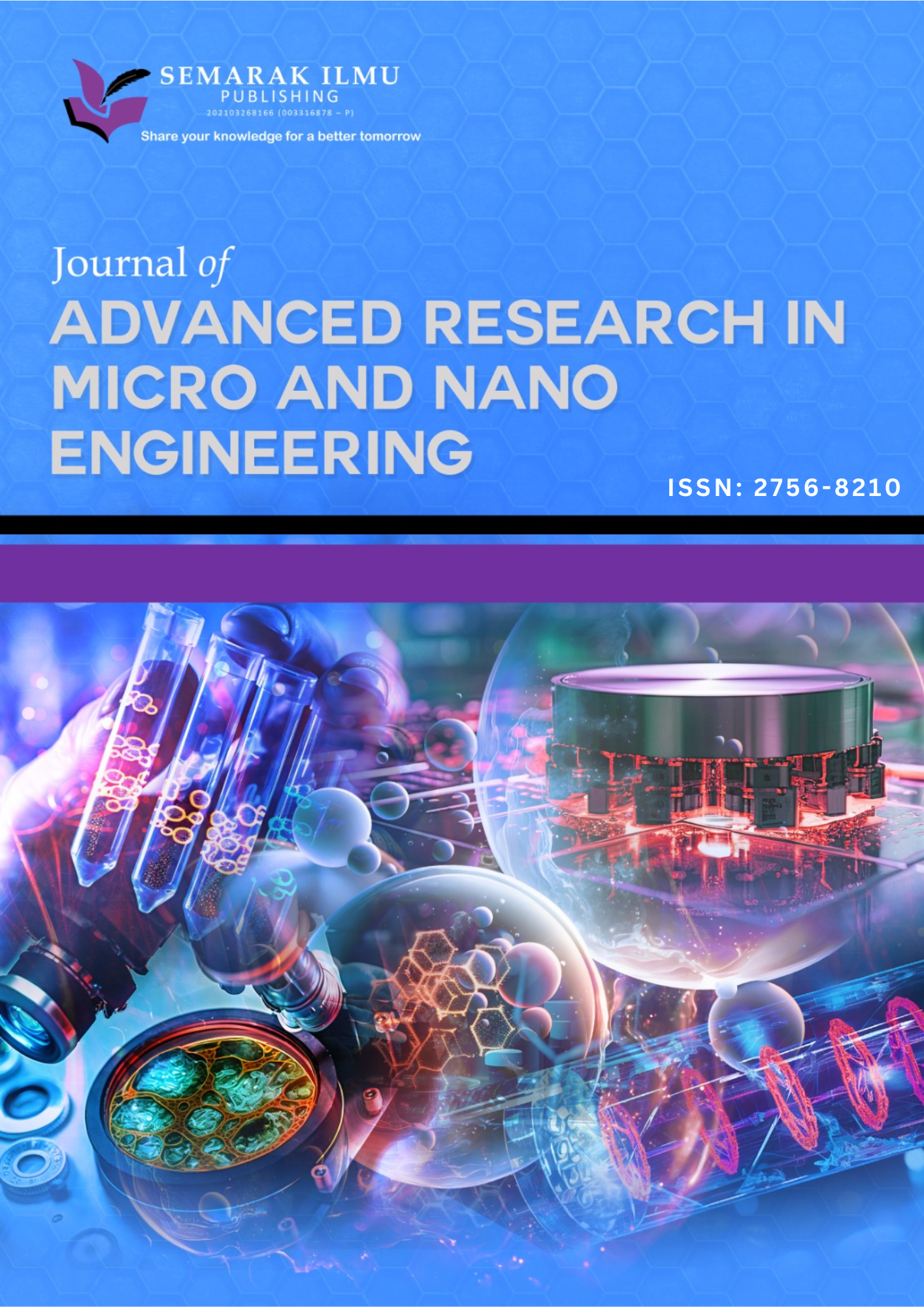Performance Evaluation of Ryu, OpenDayLight and Floodlight Controllers in Diverse Software-Defined Networking Topologies
DOI:
https://doi.org/10.37934/ard.132.1.103114Keywords:
SDN, network emulation, Mininet, Ryu, OpenDayLight, FloodlightAbstract
Software-Defined Networking (SDN) has been introduced as a new approach to networking for designing and managing computer networks. SDN architecture decouples control and data planes, enabling programmable network management. The significant component is the Controller, which is responsible for managing and distributing information to all network devices. While prior studies evaluate SDN controllers, comprehensive comparisons across multiple topologies and performance metrics remain limited. This paper addresses this gap by analysing and comparing the performance of the Ryu, OpenDayLight and Floodlight controllers under single, linear and tree network topologies using Mininet. The performance parameters considered include round-trip time (RTT), throughput, jitter and packet delivery ratio. The results indicate that in linear and tree topologies, Ryu exhibited the lowest RTT, highest bandwidth and lowest jitter compared to the ODL and Floodlight controllers. Conversely, in the single topology, Floodlight demonstrated the lowest jitter, while Ryu maintained the lowest RTT and highest bandwidth. In conclusion, Ryu is often preferred in scenarios requiring lower latency and higher throughput, particularly in more complex network topologies. However, Floodlight may still be advantageous in simpler topologies where minimizing jitter is critical. This comprehensive evaluation not only aids in controller selection but also informs future enhancements in SDN architecture and performance benchmarking methodologies, which will be implemented in modern data centres.
Downloads
